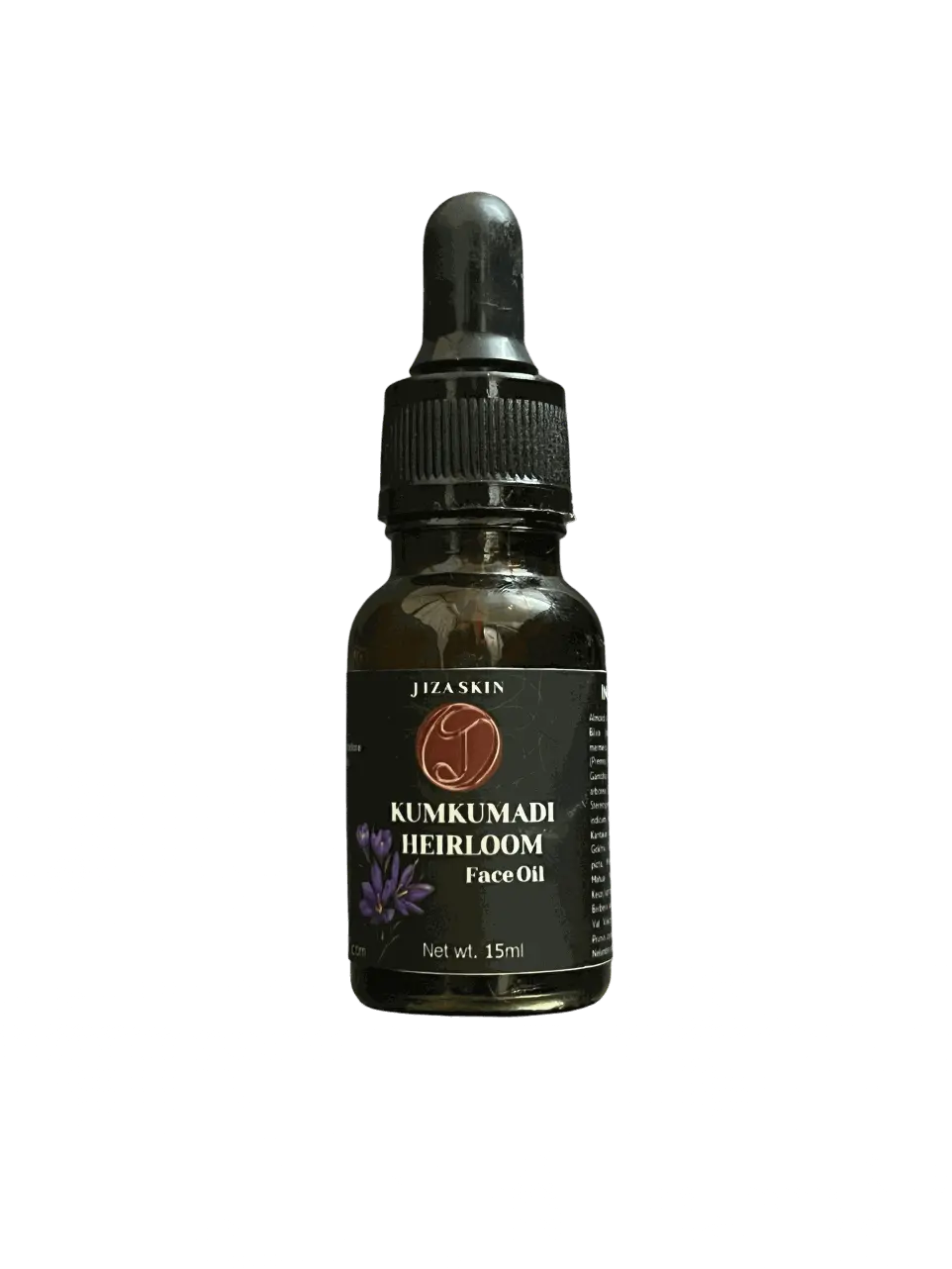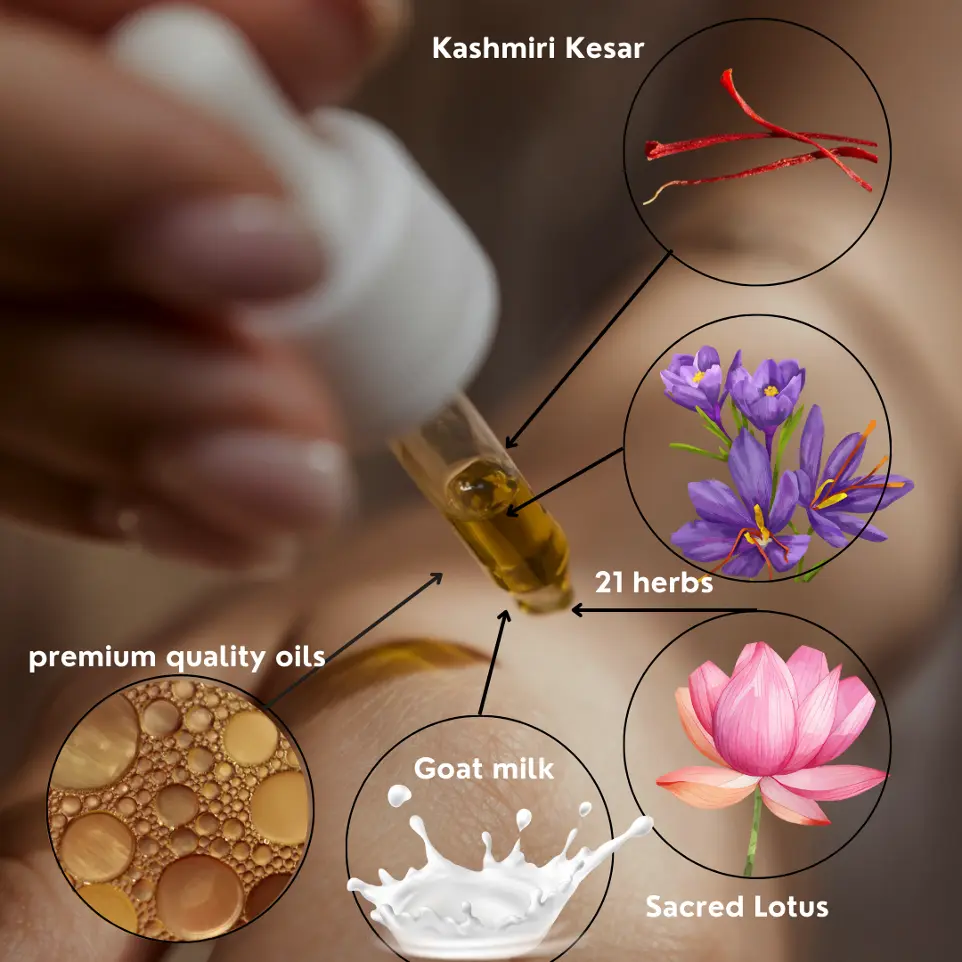As we look toward 2025, the world of dermatological science promises exciting new breakthroughs that will reshape how we care for our skin. From microbiome-friendly skincare and next-gen retinoids to the emerging field of exosome-based therapies, the ingredients and innovations we’ll see in the coming years will address skin health in ways we never thought possible. Whether it's through AI-driven customization or biotech collagen boosters, the future of skincare is here—and it’s more personalized, effective, and scientifically advanced than ever before.
The next generation of dermatological science is not just about creating more effective products—it’s about fostering a deeper understanding of how our skin works and how we can enhance its natural functions with precision and care.
By keeping an eye on these emerging ingredients, we can all look forward to a future of healthy, radiant skin powered by the latest in dermatological innovation
Microbiome-Modulating Ingredients
The Skin Microbiome has become one of the hottest topics in dermatology over the last few years, and it’s no surprise that microbiome-modulating ingredients will continue to lead the charge in 2025. Early research had shown that the balance of microorganisms on the skin’s surface plays a crucial role in skin health, immunity, inflammation, and even aging. 2021 study on triple biotic technology- Pre-, pro- and postbiotics are becoming more prevalent as ingredients in cosmetic and personal care products. A novel triple biotic technology has been developed and investigated for its impact on skin flora and skin barrier properties. [1]
Key Ingredients to Watch:
- Postbiotics: Unlike probiotics (live beneficial microorganisms), postbiotics are the by-products produced by probiotic bacteria during fermentation. Recent studies suggest that postbiotics can support the skin’s natural defense mechanisms and reduce inflammation [2] They are a promising addition to future formulations aimed at soothing sensitive skin and protecting against environmental stressors.
- Prebiotics: These ingredients, like inulin and lactoferrin, nourish the good bacteria on the skin while preventing the growth of harmful microorganisms. [3]
- Probiotics: Topical probiotics may strengthen the skin's natural defense mechanisms, improving barrier function and reducing sensitivity [3]
Exosome based Skincare
Exosomes are tiny vesicles that are naturally secreted by cells, containing genetic material, proteins, and lipids that help cells communicate with one another. They have proven to be advantageous in skincare due to their rich composition of proteins, lipids, and various molecules that foster healing, hydration, and skin protection. These components contribute to enhancing collagen production, mitigating inflammation, and safeguarding the skin against environmental stressors [4]
Exosomes and extracellular vesicles have a wide range of effects on skin aging. Notably, exosomes derived from bovine milk (MK-Exo) have been found to possess anti-aging properties, impacting keratinocytes and fibroblasts, which results in wrinkle reduction and skin moisturization [5]
As we move toward 2025, natural skincare and Ayurvedic principles will continue to play a central role in the future of dermatology. With a growing emphasis on holistic health, and sustainability
Plant Stem Cells
The topic of stem cells has become very popular in recent years, especially within the cosmetic industry. The extracts obtained from plant stem cells are a source of many active substances, such as polyphenols, phenolic acids, triterpenes, flavonoids, carotenoids, fatty acids, sugars, and peptides, which give the anti-aging properties, antioxidants, and proteins that stimulate skin regeneration, promote collagen synthesis, and fight the signs of aging. While stem cell-based skincare products have been around for a few years, recent studies have unlocked new insights into how these ingredients work at a molecular level-
They cause, e.g., extension of the life of fibroblasts and stimulation of their regenerative activity. According to the studies, one of the strongest inhibitors of aging processes in human cells is kinetin, a cytokine whose high concentration was found in stem cells of, e.g., citrus fruit and raspberry.[6]
Eco-Friendly Alternatives to Synthetic Sunscreens
With growing concern about the environmental impact of chemical sunscreens (especially their effect on marine life), there has been an increasing interest in natural alternatives. Recent research has been focused on finding plant-based ingredients that provide broad-spectrum UV protection without the harmful effects of oxybenzone and other chemicals.
- Algae for UV Protection: A study published in Journal of Applied phycology (2024) found that red algae, Gracilaria gracilis from the Oualidia lagoon in Morocco consisted of MAAs- mycosporine-like amino acids, that provides natural UV protection. The study also confirmed that this ingredient helps reduce UV-induced DNA damage in the skin, offering an alternative to traditional sunscreen agents.
The biological activities of marine algae have attracted the attention of researchers due to their distinctive functional phytochemicals, often absent from terrestrial plants. for the first time, the mycosporine-like amino acids (MAAs) found in the red alga Gracilaria gracilis from the Oualidia lagoon in Morocco, exploring their potential as eco-friendly alternatives to traditional chemical sunscreens. [7]
[1] Li, M., Fan, A.X., Mao, J.H., Soliman, N., Shahani, K., Morgan, A.M. and Boyd, T. (2021) The Prebiotic Effect of Triple Biotic Technology on Skin Health. Journal of Cosmetics, Dermatological Sciences and Applications, 11, 304-319. https://doi.org/10.4236/jcdsa.2021.114025
[2] https://doi.org/10.1016/j.tifs.2018.03.009 - Postbiotics: An evolving term within the functional foods field
[3] Al-Ghazzewi, F. H., & Tester, R. F. (2014). Impact of prebiotics and probiotics on skin health. Beneficial Microbes, 5(2), 99–107. doi:10.3920/bm2013.0040
[4] ] H. Shi, M. Wang, Y. Sun, D. Yang, W. Xu, H. Qian, Exosomes: emerging cell-free based therapeutics in dermatologic diseases, Front. Cell Dev. Biol. 9 (2021) 736022, https://doi.org/10.3389/fcell.2021.736022.
[5] ] L. Lu, W. Bai, M. Wang, C. Han, H. Du, N. Wang, M. Gao, D. Li, F. Dong, X. Ge, Novel roles of bovine milk-derived exosomes in skin antiaging, J. Cosmet. Dermatol. 23 (2024) 1374–1385, https://doi.org/10.1111/jocd.16112.
[6]Anti-Aging Properties of Plant Stem Cell Extracts
by Małgorzata Miastkowska DOI:10.3390/cosmetics5040055
[7] Al Qoh, S., Amine, J., Assobhei, O. et al. Investigation of UV protection and anti-aging properties of mycosporine-like amino acids in the Moroccan red alga Gracilaria gracilis (Gracilariales, Rhodophyta). J Appl Phycol (2024). https://doi.org/10.1007/s10811-024-03406-8

